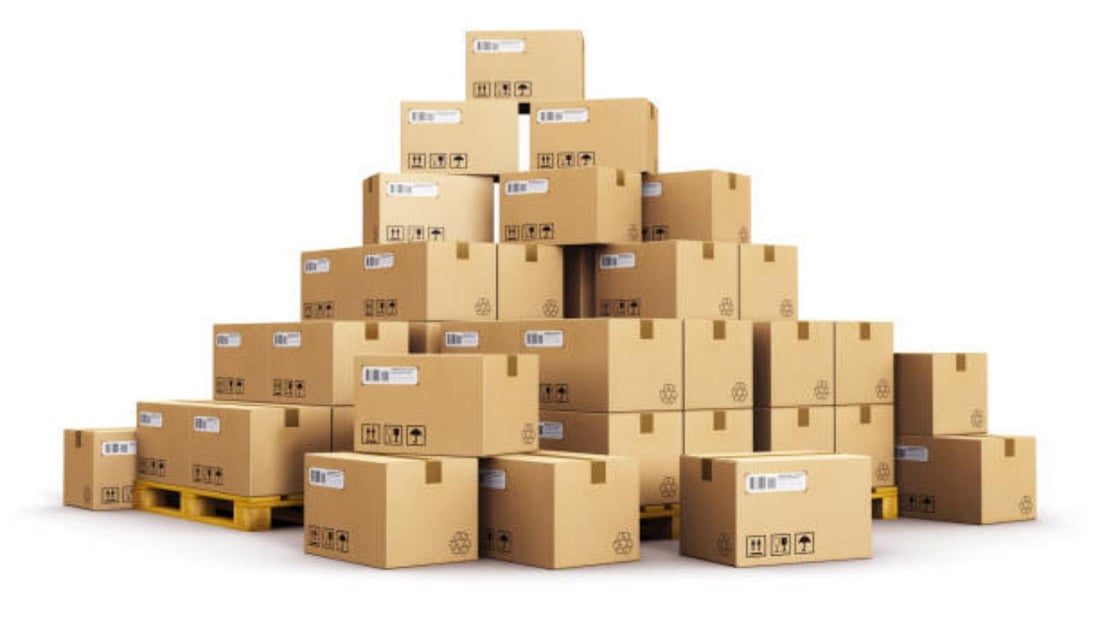What is the Difference Between Cardboard and Corrugated?
Introduction: When it comes to packaging materials, cardboard and corrugated are often used interchangeably. However, there are distinct differences between the two. In this article, we will explore the contrasting characteristics of cardboard and corrugated, shedding light on their composition, applications, and advantages.
1. Understanding Cardboard:
Cardboard, also known as paperboard, is a versatile and lightweight material widely used for packaging and crafting. It is made from compressed layers of paper pulp or recycled fibers. Cardboard is usually smooth and has a flat appearance. It comes in various thicknesses, ranging from thin to heavy-duty.
2. Exploring Corrugated:
Corrugated, on the other hand, refers to a type of packaging material characterized by its unique structure. It consists of three layers: an inside liner, an outside liner, and a fluted or wavy layer sandwiched between them. The fluted layer provides strength and flexibility to the material. Corrugated is known for its excellent cushioning properties and durability.
3. Composition Differences:
Cardboard is primarily composed of paper pulp or recycled fibers, which are pressed together to create a dense sheet. In contrast, corrugated consists of three layers: two flat liners made of paperboard and a wavy layer known as the fluting. The combination of these layers gives corrugated its distinct structure and strength.
4. Applications of Cardboard:
Cardboard is commonly used for packaging lightweight products such as cereal boxes, shoeboxes, and gift boxes. Its smooth surface makes it suitable for printing, enabling vibrant designs and branding. Additionally, cardboard is favored for various crafting projects, including model building, scrapbooking, and school projects.
5. Applications of Corrugated:
Corrugated is widely used in the shipping and logistics industry due to its superior strength and cushioning properties. It is the go-to material for manufacturing shipping boxes, mailers, and protective packaging solutions. The fluted layer in corrugated acts as a shock absorber, safeguarding contents from potential damage during transit.
6. Strength and Durability:
While cardboard can offer sufficient strength for lightweight applications, it is not as durable as corrugated. The fluted layer in corrugated provides enhanced structural integrity, making it more resistant to crushing and impacts. Corrugated boxes are designed to withstand stacking, rough handling, and extreme conditions, ensuring the safe transportation of goods.
7. Cost Considerations:
Cardboard is generally less expensive than corrugated due to its simpler composition and manufacturing process. It is a cost-effective choice for applications where lightweight protection is sufficient. Corrugated, on the other hand, offers greater value for applications requiring higher levels of protection or when shipping heavier items.
8. Environmental Impact:
Both cardboard and corrugated are considered eco-friendly packaging options. Cardboard is recyclable and often made from recycled materials. It can be easily repurposed or recycled after use. Corrugated, with its higher durability, can be reused multiple times before recycling. Additionally, advancements in sustainable manufacturing practices have led to the development of eco-friendly corrugated options, including those made from recycled content or renewable resources.
9. Choosing the Right Material:
When deciding between cardboard and corrugated, it is essential to consider the specific requirements of your packaging needs. Cardboard is suitable for lightweight items and projects where cost is a significant factor. Corrugated, on the other hand, is ideal for shipping, protection, and applications that demand durability and strength.
10. Conclusion:
In conclusion, while cardboard and corrugated are related packaging materials, they differ significantly in composition, strength, applications, and cost. Understanding these differences is crucial in selecting the appropriate material for your specific packaging needs. Both cardboard and corrugated offer unique advantages, and by considering their characteristics, you can make an informed decision that ensures the safe and efficient packaging of your products.

